I’ve noticed that a lot of articles on scouting locations focus on travel — we have a wonderful one on this website listing 100 amazing places to shoot. That is, however, not actionable advice for everyone. Some photographers can’t afford to travel regularly, some aren’t interested in it, and some simply focus on a different type of photography.
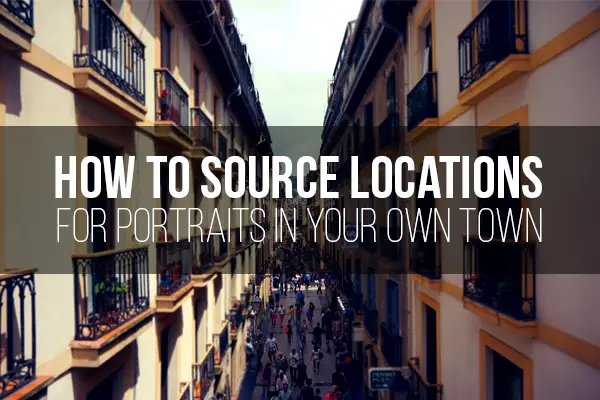
For that reason, I wanted to write an article about ways to find cool locations to shoot in your own town. In this instance, I will be talking about portraiture — also applicable to fashion, editorial, generally people photography — because it’s one of the most obvious examples of needing a place to shoot that doesn’t require getting on a plane to reach it, but much of the advice can be applied to finding pretty scenery to shoot as well.
It’s extremely important for a people photographer to know where to shoot. You don’t need a studio, but people wanting to hire you will often expect you to suggest a suitable location, or a few, for their shoot. I keep a list of ideas, and I’m always coming up with more. My method for keeping track of them isn’t the most organized, but I usually have the place and some kind of reference, whether it is “this is where I modeled for this photographer” or a photo from a previous shoot or simply a photo of the place or angle I liked. Sometimes I’ll take two shots, one of the spot I liked and one of the nearest location indicator, e.g. a building number.
That paragraph already gave you a little sneak peek of how I source locations, so let’s get right to it.
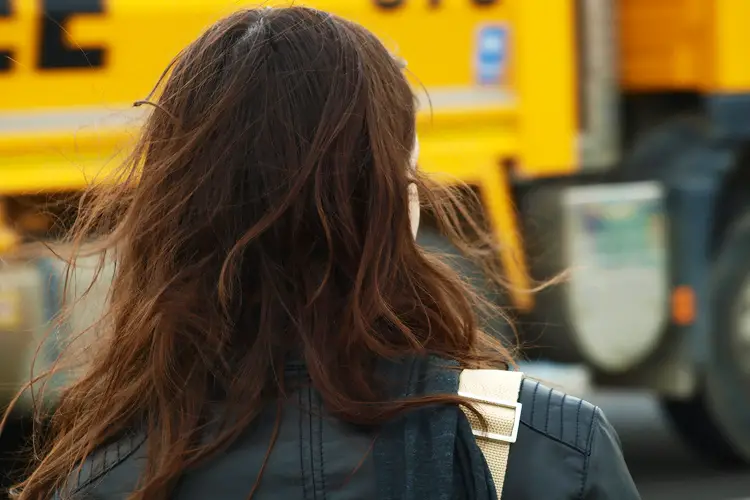
Go on a photo walk
I could say “go for a walk,” but I have zero motivation to walk just for the sake of walking, especially now that it’s cold out where I live, so I need an excuse. The best excuse I’ve found for exploring my surroundings is photo walks. It’s so easy and obvious; it basically triples as a location-sourcing trick, a leisure activity and a way of getting some good photos for your website/blog/print shop/stock shop/practice/fun/whatever.
So go on a photo walk. You can just set off and see where you end up, if you know your city well, or you can do some planning in advance, maybe even get a map and draw an itinerary so you’re sure to cover as much unexplored ground as you can. You can, of course, find really cool spots to shoot on your usual routes just by looking at things differently — I keep seeing interesting angles to shoot people on the front steps of the buildings on my daily walk to Starbucks — but the purpose of photo walks for me is to see the places I haven’t yet, getting some good photos, relaxing, and cataloguing ideas for future shoots.
You can do this alone or you can do it with a friend or fellow photographer; I loved doing photo walks with my best friend when she was in London back in April. They may catch something you missed, or play model for you if you want to see how a location would really work as a portrait photo spot. But it’s perfectly possible to do it on your own.
It can also be completely free, which makes it a good place to start. You can also explore further out areas, though, and that’s where the next idea comes in.
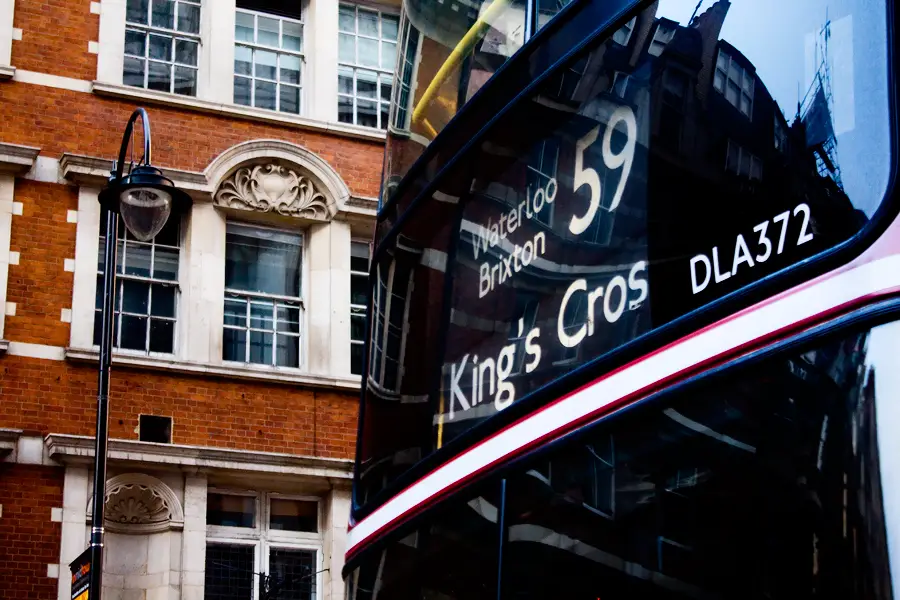
Take the bus
Do you need transport to get places on a regular basis? Instead of driving or biking — something that requires your attention on the road — or taking the tube — where you won’t see anything out the windows —, take the bus instead, leave your phone in your bag, and sit next to a window. I love sitting at the front on the top of double-decker buses and taking in the areas of the city I don’t normally venture into on my way to something else. Because of bus rides, I’ve found beautiful churches and gorgeous streets that are now on my list of places I want to shoot.
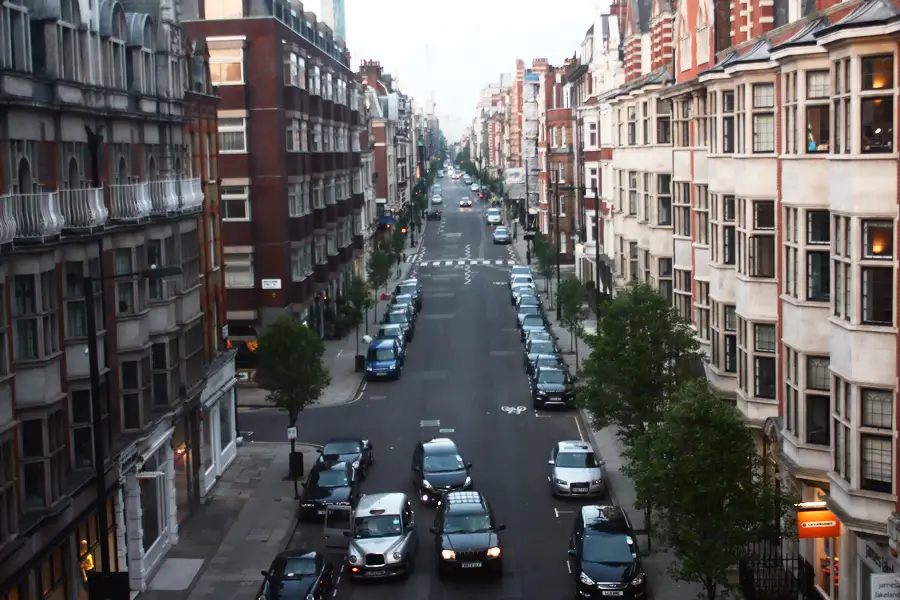
Sign up for a workshop or meet-up
Even workshops and meet-ups that are meant to help you hone a skill or get more comfortable with your camera need a location. Oftentimes this location is a studio, but a lot of the time, workshops and meet-ups are held at a public location that you can add to your personal catalog if you decide you like — with the added bonus that you’ll already know what it’s like to shoot there, and that you’ll be able to feed off other photographers’ ideas for spots, angles, lighting — ultimately, for making the most of the location in question.
Some workshops double as photo walks, and some workshops will take you to several locations. Some of them may not be free for use, depending on the workshop you use, but it never hurts to know what’s out there in terms of locations you can pay to shoot in. They usually offer something particularly interesting that a future client may need.
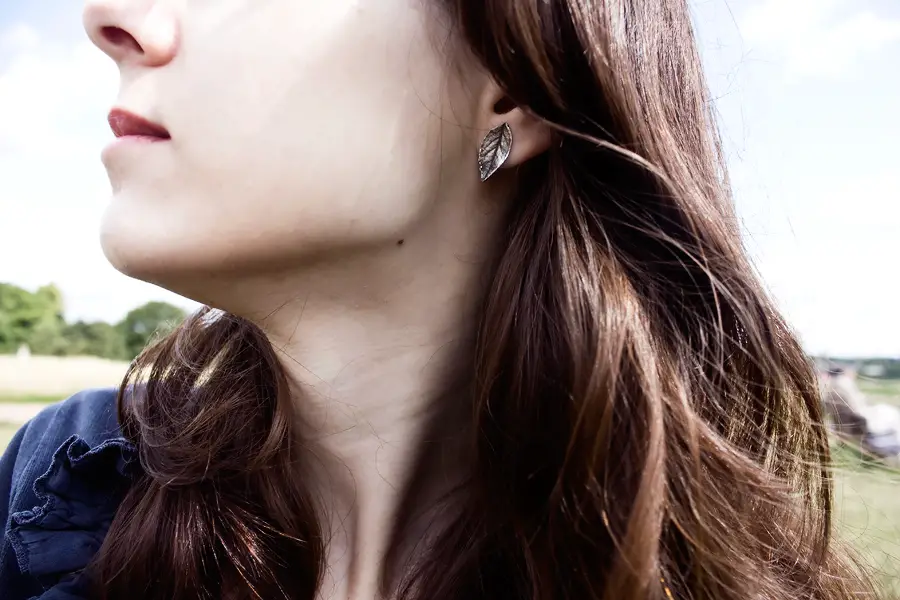
Assist or get involved in a shoot as something other than a photographer
Quite possibly, my favorite way of finding locations to shoot, especially portraiture photography locations, is modeling. You can pick a portrait workshop to tailor the locations you’ll find to portraiture, too, but if you model, whether for a workshop or a fashion shoot or a personal project or what have you, you might get paid, and isn’t that sweet. (I know I talk a lot about money, but I did open the article with “some photographers can’t afford to travel,” so you knew to expect location-scouting on a budget.)
Many shoots, especially fashion and editorial shoots, involve a whole creative team. If you’re a photographer and have no interest in any other disciplines, you can get involved as a shoot assistant or as a second shooter. If you do have a wider range of creative skills, you can get involved in shoots as a number of things: make-up artist, hair stylist, fashion stylist, wardrobe specialist, set decorator, art director, fashion designer, videographer…
The point of this is that other creatives in your town live and work in different areas than you do, and they have their own little black book, whether tangible or in their head, of places they’ve shot before and would consider shooting in again. By getting involved in a shoot with another photographer and a creative team, you’re not only doing some valuable networking and possibly learning things — there’s always something to learn — as well as collaborating with other creatives on something hopefully awesome — I do recommend getting involved in shoots you actually like! — but you’re also getting to see locations that other photographers have found and found interesting enough to go to for a whole shoot. And much like the workshop option, you’ll also take home some inspiration for how to use that location and unlock its potential.
So those are my ideas for sourcing locations in your own hometown. This is mostly geared towards finding specific places to shoot — not just generic ideas like “the middle of the road at sunset” but more like, “the steps to building X on Y Street” or “the west edge of Z Hill.” A great way to come up with generic ideas to use as starting points is simply looking at other photographers’ portfolios, browsing Pinterest, that sort of thing. Then keep a list of that, too.
And finally, the one piece of advice that I would give anyone doing anything for any reason that relates to photography: keep some kind of camera with you at all times! You never know when you’re going to want to commit a place to memory.










This is great advice and something I do regularly. Scouting locations has given me a long list of places to present to my clients when they have absolutely no idea where to have their portraits done. It’s also fun to do when you’re bored!
I want a dslr 🙁 can anybody please give me ?
I use Evernote to store locations. I use my cell phone with GPS turned on. I snap photo of potential location in Evernote. Tag it appropriately and it will also include the Map of the location it was shot plus the background photo for future reference.
Great work. Very good article.